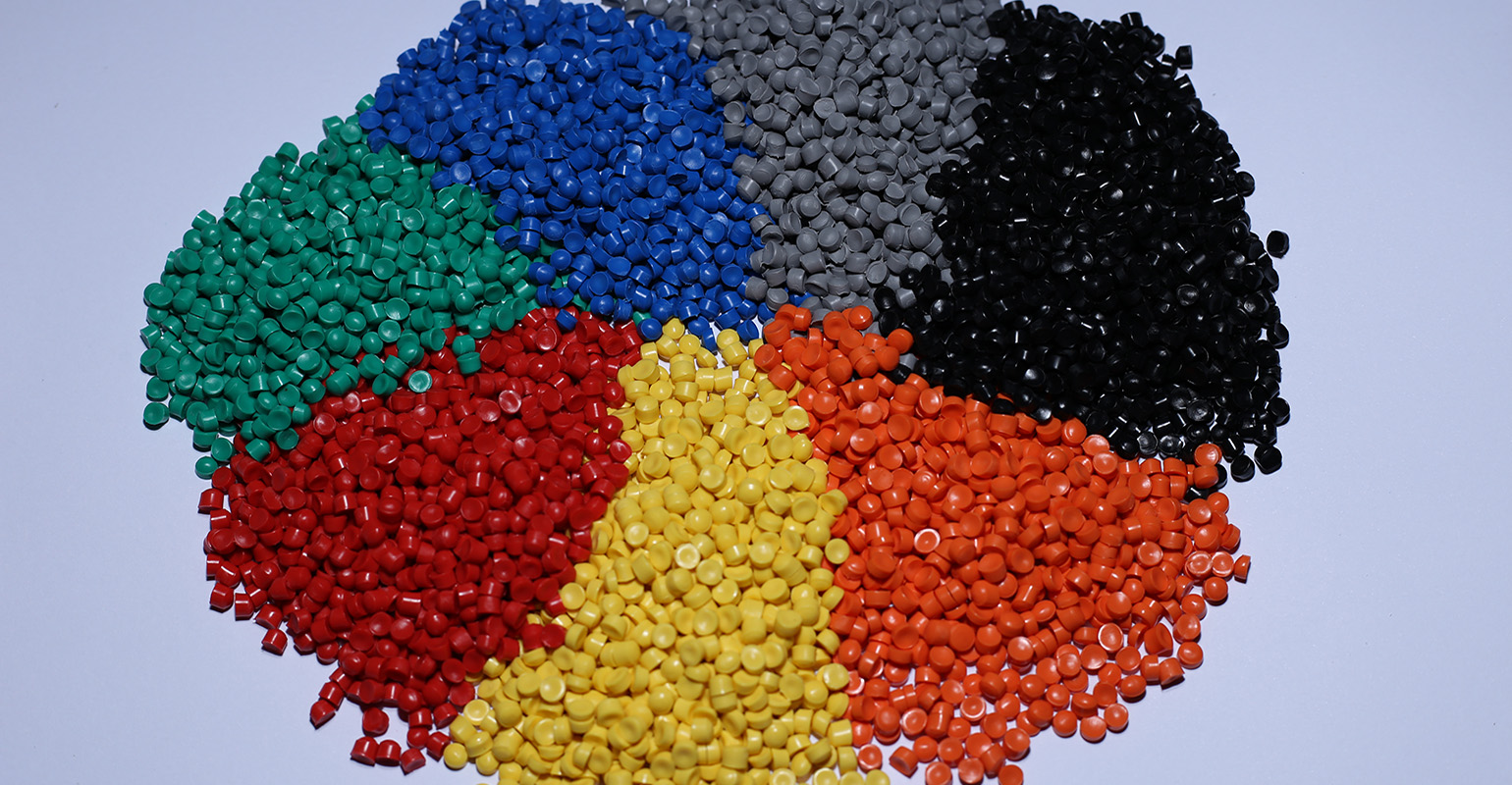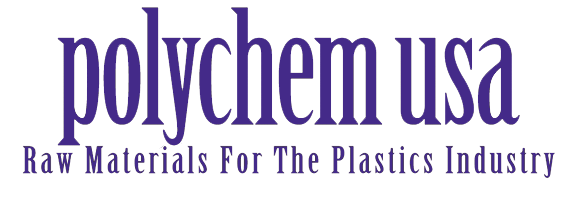
Resin Report: Price Erosion May Have Hit Bottom

The resin markets turned tepid the last full week of July, reports the PlasticsExchange in its Market Update. The flow of fresh railcar offers that had been slowing the past couple of weeks dried up to a mere trickle and asking prices came in a couple cents higher than recent levels.
While demand was not gangbusters, a steady stream of orders came through, some for normal monthly quantities, some to fill in for late railcars — which seems to have become another norm — while others sought to score some great month-end deals to replenish resin stocks. Some buyers had unrealistic expectations that the market would just continue lower, but the price erosion seems to have stopped.
Possible steep rise in PE export prices
Producers have indicated that their polyethylene (PE) export prices would rise by $0.03 to 0.05/lb in August on the heels of strong demand and limited availability. Consequently, resellers pulled back some offers while others raised prices by a few cents. The PlasticsExchange said it had a hard time replacing the resin that it sold last week, and its asking prices for both PE and polypropylene (PP) rose a penny, pretty much across all grades. After an extended period of de-stocking, resin inventories have tightened up throughout the supply chain. “We have been vocal that a bottom could be forming and have nearly doubled our market-making inventory during July, citing more upside potential than downside risk from this level,” writes the PlasticsExchange in its weekly update.
PE trading activity was good, but completed volumes only finished average. Transactions were spread among high-density and linear-low-density PE and EVA resins, with a little low-density (LD) PE thrown in for good measure. Fresh railcar offerings were light, and hard searches through the reseller community also revealed limited availability. Some of the PlasticsExchange’s typical suppliers turned around and instead asked it for resin.
Prime PE prices rose one cent nearly across the board, though LDPE for injection, which is still mostly tight, trimmed a cent toward realigning with other grades. Outside of the usual export opportunities to Latin America and Asia, interest from Europe has also started to emerge. July PE contracts have mostly been agreed at a three-cent decrease, but have not been finalized. If contracts do peel off the three, it will bring contracts back to steady for the year after rising $0.06/lb in Q1 and receding $0.03/lb in Q2.
Producers nominate nickel increase for August
A contract decrease seems appropriate, according to the PlasticsExchange, as it aligns with spot pricing and actual market conditions, even if it is a month or two late in coming. Producers are already looking ahead to August and have nominated a nickel increase. While it might largely be in place in case a production-disrupting storm blows into the Gulf, supply/demand is also more balanced, the export market is strong, and floor prices have started rising. It’s very early, but if July contracts indeed reset to flat for the year, an August increase can’t be dismissed, writes the PlasticsExchange. Moreover, it could have legs even without a storm.
PP trading lacked luster the week of July 24, but the flow of buyer inquiries increased and supplies continued to tighten. Transactions were predominately for co-polymer, and after six weeks of flat pricing, PP levels gained $0.01/lb. This follows a rollover in July polymer-grade propylene (PGP) monomer and PP resin contracts and might mark a change in market direction.
New capacity comes online
It should be noted, however, that low feedstock costs from the PGP sector remain a factor heading into August, especially as new capacity comes online from Enterprise’s PDH 2 unit. Resin inventories have become relatively low throughout the supply chain and the tightness is starting to become more noticeable. Processors have been working down resin and finished goods inventories, staying lean due to expensive carrying costs and mediocre consumer demand. Resellers have also maintained low levels of material on hand.
Overall contract PP pricing will continue to take the lead from upstream PGP, but the spot market could see some strength as the velocity of fresh offers has changed significantly, and it feels as if we are near a turning point, according to the PlasticsExchange. Producers have remained disciplined with production while direct domestic and export sales have strengthened; this lends some credibility to the $0.03/lb margin-enhancing price increase nominated for August.
Read the full Market Update, including news about PGP pricing and energy futures, on the PlasticsExchange website. For a recap of resin pricing and activity in July 2023, read this analysis by Zachary Moore from business intelligence firm ICIS.

Leave a Reply